What Is Muskmelon and How Do You Use It?
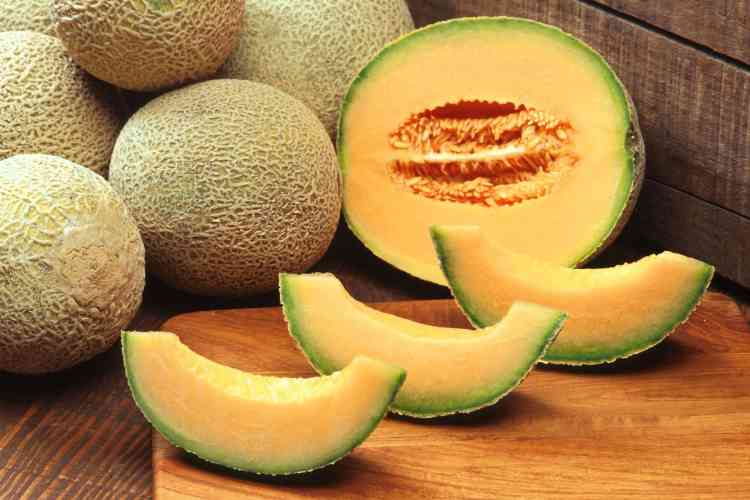
While you may think you’ve never seen a muskmelon at the store, chances are you have. However, this refreshing fruit is often known by names like cantaloupe or honeydew melon.
Muskmelons have a tantalizing flavor filled with sweetness. Its honeyed flesh, which can be prepared in a variety of ways, feels like a sun-kissed delight. To help you learn more about this fruit and fully answer the question: “What is muskmelon?” let’s dive into the world of muskmelon, exploring its flavor, nutritional value, uses and more.
Jump to Section
- What Is Muskmelon?
- Muskmelon vs. Cantaloupe: What's the Difference?
- Muskmelon Recipes
- Muskmelon Benefits
- Where To Buy Muskmelon
What Is Muskmelon?
First things first, what is a muskmelon? Muskmelon, scientifically known as Cucumis melo, is a juicy and flavorful fruit that is part of the gourd family, Cucurbitaceae. Muskmelons are popular for their sweet taste and refreshing texture. While the term “muskmelon” is often used generically to refer to several varieties, the most common types include cantaloupe, honeydew and casaba.
Beyond its refreshing flavor, muskmelons provide many health benefits, most notably their antioxidant support for your immune system. They are a great source of vitamins, including vitamin C and vitamin A, as well as minerals like potassium. If you’re wondering how to start eating healthy, you should definitely include muskmelons in your diet as this fruit is naturally low in calories and has high water content.
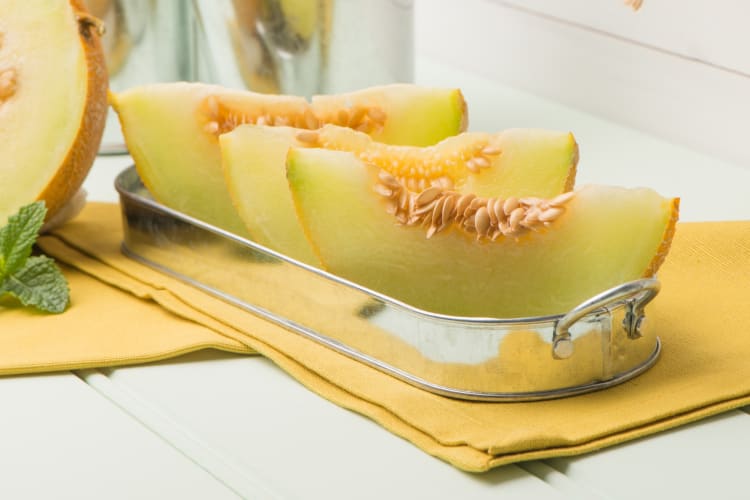
What Does a Muskmelon Look Like?
Muskmelons have a round to oval shape and come with a distinctive netted or smooth rind, depending on the specific variety. The color ranges from beige to tan, and in some cases, they have a green or yellow tone. When you slice them open, muskmelons have a juicy and succulent interior. The color of the flesh varies, ranging from pale orange to deep red or green, depending on the specific type of muskmelon.
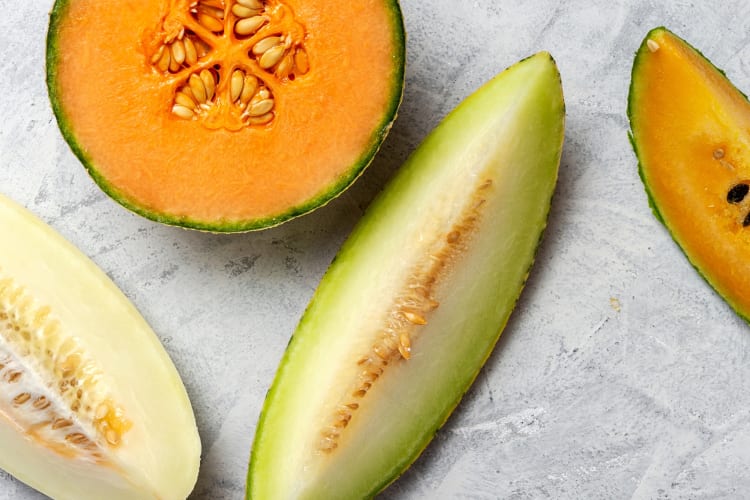
Types of Muskmelon
There are three commonly recognized muskmelon varieties: cantaloupe, honeydew and casaba.
- Cantaloupe: The most well-known among muskmelon varieties, with a rough, netted rind and sweet orange flesh. Cantaloupe’s flavor is rich and aromatic, making it a popular choice for snacks, fruit salads and desserts.
- Honeydew: Honeydew muskmelons are recognized by their smooth, pale green rind and sweet, pale green flesh. Known for their mild and subtle sweetness, honeydews are frequently enjoyed in fruit salads, breakfast bowls or simply as a refreshing snack. They offer a crisp texture and a juicy bite.
- Casaba: Casaba muskmelons are characterized by their wrinkled, yellow-green rind and pale green to white flesh. These melons have a milder flavor compared to cantaloupes and honeydews, with a subtle sweetness and pear-like undertones.
Muskmelon vs. Cantaloupe: What's the Difference?
What is the difference between cantaloupe and muskmelon? Given their sweet and refreshing flavor as well as their similar appearance, it may be hard to distinguish which one is which. In reality, cantaloupe is a specific type of muskmelon, and the confusion arises from regional variations in naming. Muskmelon is the term that encompasses various melon varieties, including cantaloupes.
However, when people in the United States refer to "cantaloupe," they are usually talking about a specific type of muskmelon with a netted, beige-to-tan rind with light green tones and sweet orange flesh.
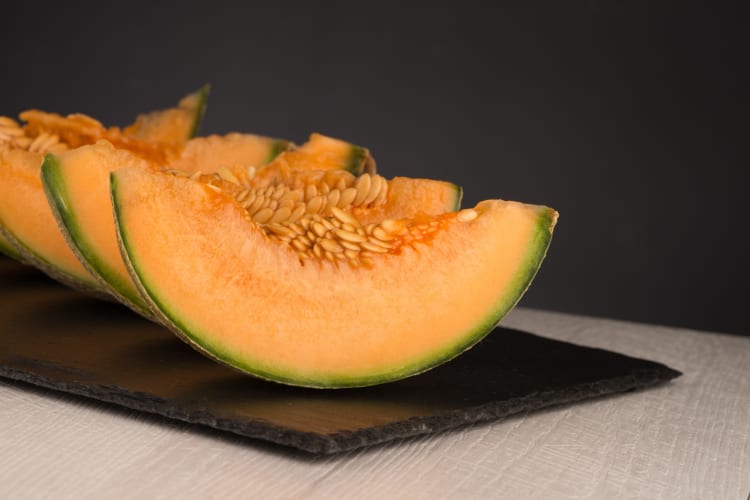
Muskmelon vs. Cantaloupe vs. Honeydew
When comparing muskmelon vs. honeydew, it's important to note that "muskmelon" is a broad term encompassing various melon varieties, including cantaloupes. So, the real comparison lies in the distinctions between cantaloupes and honeydews (both specific types of muskmelon).
Cantaloupe, as a type of muskmelon, is recognized by its netted rind, which ranges in color from beige to tan. The sweet, orange flesh of cantaloupes is often associated with a pronounced floral aroma. Honeydew, another member of the muskmelon family, stands out with its smooth, pale green rind and sweet, pale green flesh. Unlike the bold sweetness of cantaloupes, honeydews offer a milder, subtly sweet flavor.
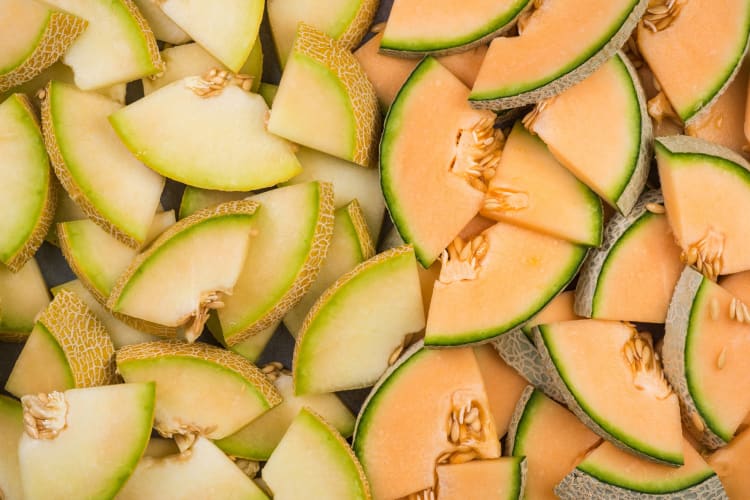
Muskmelon Recipes
The best thing about muskmelons is that due to their refreshing flavor, they can be enjoyed in a variety of ways. For starters, slicing the muskmelon into bite-sized wedges or cubes is perfect for a quick and easy snack, especially during the summer.
Another popular preparation for muskmelons is beverages. Muskmelon juice can be easily prepared by blending fresh muskmelon chunks until smooth. For extra flavor, add a splash of lime or mint leaves. You can also use it as a base for fun cocktails or mocktails.
Beyond snacks or beverages, muskmelons can also be added to savory preparations like salads. Combine them with feta cheese, mint and balsamic glaze — and voilà — you have a unique and delightful salad that balances sweetness with savory flavors.
If you want to learn unique ways to prepare muskmelon, you should book a cooking class near you. That way, an expert chef can teach you exquisite recipes and creative versions to prepare this versatile ingredient. You can also opt for online cooking classes to learn fun new recipes from the comfort of your home.
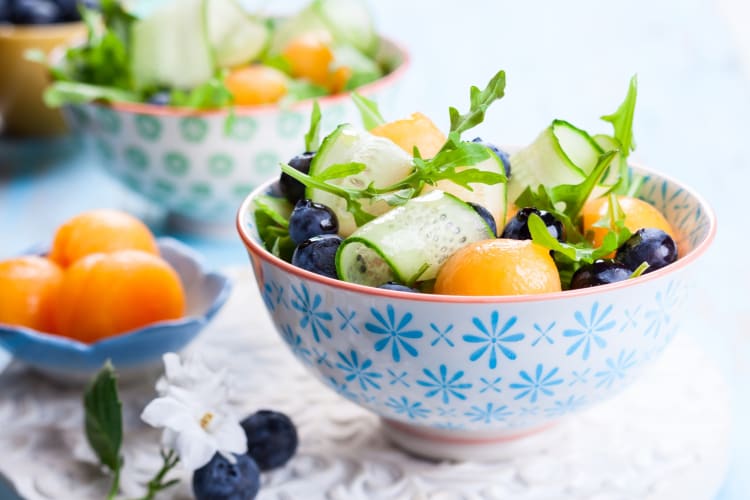
How To Cut a Muskmelon
Cutting a muskmelon is a straightforward process. All you have to do is start by washing the muskmelon, rinsing it under cold running water. Place the muskmelon on the cutting board and use a sharp knife to slice off both ends. Stand the muskmelon on one of the flat ends, allowing it to remain stable on the cutting board. Next, carefully cut the muskmelon in half from top to bottom. With a spoon, scoop out the seeds.
Take each muskmelon half or quarter and, with the knife, carefully slice between the flesh and the rind. Follow the curve of the melon to separate the two. Repeat this process for the remaining pieces. Finally, with the peeled muskmelon halves or quarters, you can now dice or slice the flesh according to your preference.
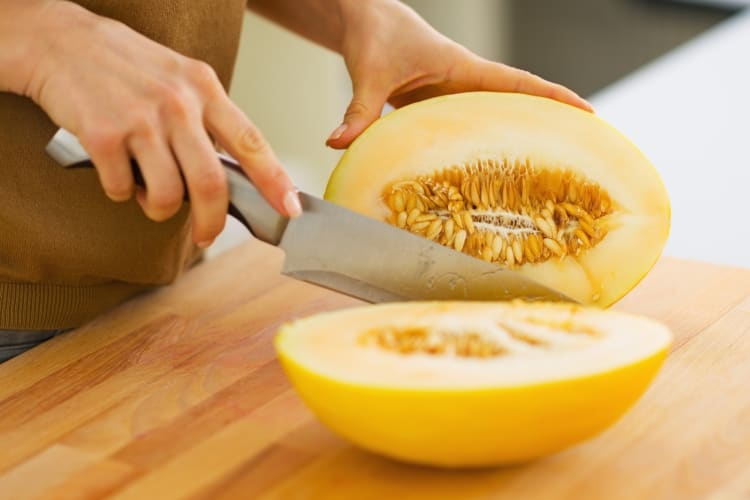
Can You Freeze Muskmelon?
Yes, you can freeze muskmelon. Freezing muskmelon is a great way to preserve its freshness for later use. Here are some steps for freezing muskmelon:
-
Choose ripe muskmelons: Select fully ripe muskmelons for freezing. Ripe muskmelons have the best flavor and texture.
-
Peel and remove the seeds: Peel the muskmelon and remove the seeds before cutting the flesh into desired shapes, such as cubes or slices.
-
Use freezer bags or freezer-safe containers: Place the prepared muskmelon pieces into airtight freezer bags or containers. Remove excess air from the bags to prevent freezer burn.
-
Label and date: Clearly label the bags or containers with the date of freezing to keep track of the storage time.
While frozen muskmelon is ideal for use in smoothies or desserts like sorbets, keep in mind that the texture may change slightly upon thawing. It's recommended to consume frozen muskmelon within eight to 12 months.
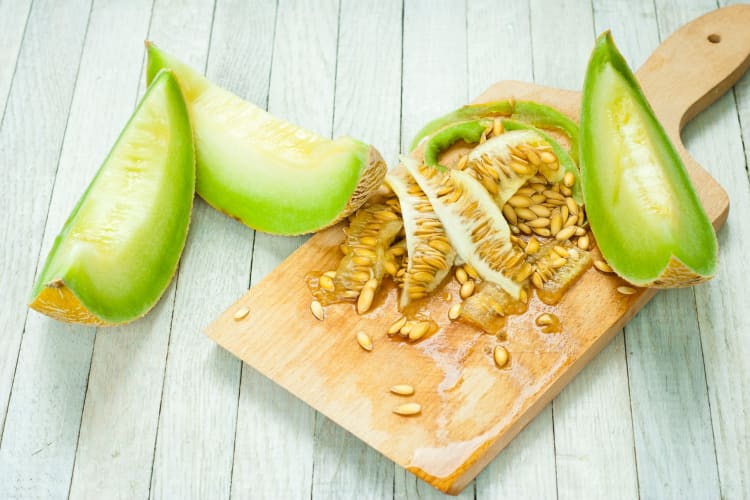
Muskmelon Benefits
Is muskmelon good for you? Absolutely! According to the Mayo Clinic, muskmelons have great nutritional benefits that make them a healthy addition to your diet. Rich in essential vitamins and minerals, muskmelon provides a hydrating and delicious way to meet your nutritional needs.
Muskmelon contains vitamin C, which supports immune function, and vitamin A, crucial for maintaining healthy skin and vision. However, like almost any food, muskmelon should be consumed in moderation. While the sugars in muskmelon are naturally occurring and accompanied by fiber, excessive consumption could contribute to an overly high fructose intake.
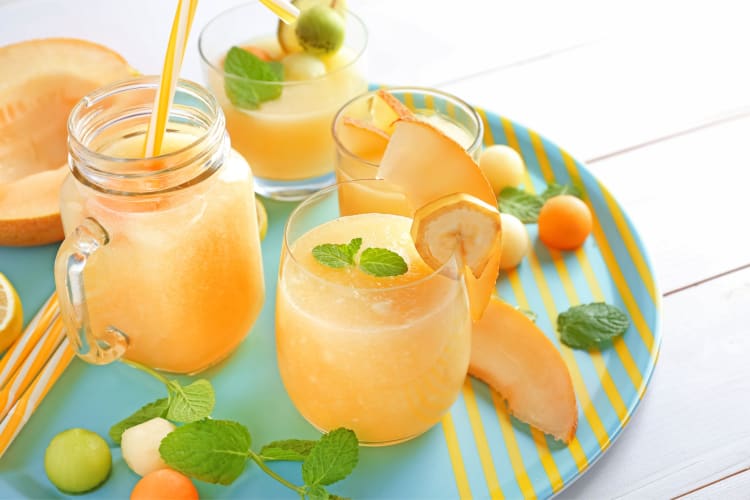
Where To Buy Muskmelon
Muskmelons are widely available, especially during their peak season (which varies on local growing conditions). But generally speaking, here are some common places where you can buy muskmelons:
-
Local Grocery Stores: Most supermarkets and grocery stores carry muskmelons, especially during the warmer months.
-
Farmers Markets: Local farmers markets are excellent places to discover fresh and seasonal produce, including muskmelons.
-
Specialty Stores: Some specialty or organic grocery stores may offer a variety of muskmelons, including different cultivars or organic options.
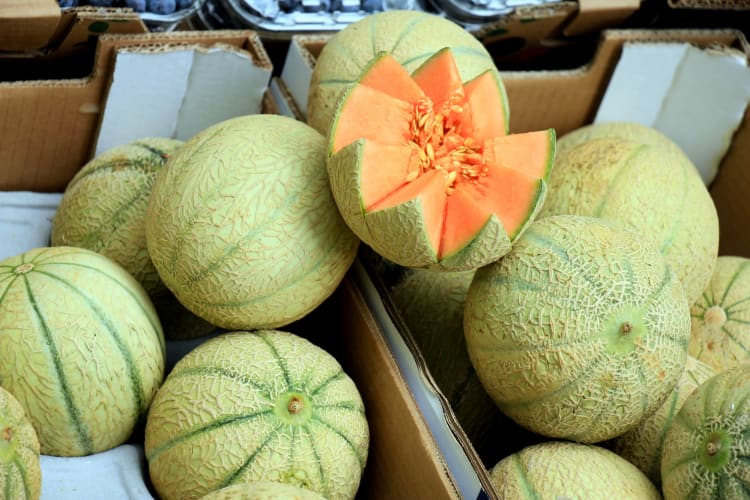
Muskmelons are a great fruit that should be much more well-known! Think about it: They have an exquisite refreshing flavor and, depending on the variety, you can choose sweeter or milder. They are also extremely healthy and provide the perfect amount of freshness during hot days.
One of the best things about muskmelons is their versatility, as you can have them as a simple snack or include them in more elaborate preparations. Having read this article, you’ll now be able to answer the question “What is muskmelon?” and should better understand how to use the fruit in your sweet and savory recipes.
For even more ways to explore your favorite foods, check out other experiences happening on Cozymeal.
